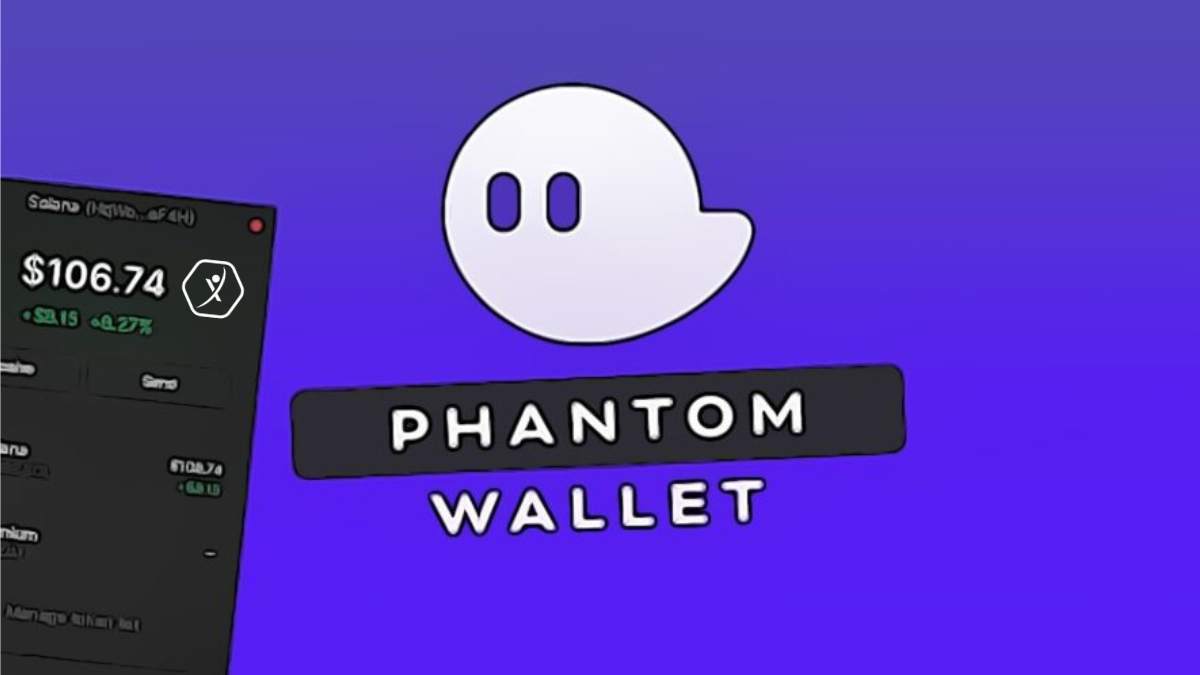You ever get that feeling when you try to move crypto around, and it just feels clunky? Like, you want to swap a token quickly, but the whole process drags on forever or requires jumping through hoops. Seriously, it can be frustrating. I was messing with some DeFi apps on Solana the other day, and wow—the swap features have come a long way. But then, I started digging deeper into how multi-chain support is reshaping the entire landscape. That’s when it hit me: Solana Pay and wallets like phantom aren’t just about sending or receiving crypto anymore—they’re evolving into seamless hubs for cross-chain asset management.
Here’s the thing. Initially, I thought swap functionality on Solana was just about token convenience. But actually, wait—let me rephrase that… It’s much more than that. It’s about unlocking liquidity across decentralized finance, enabling users to effortlessly bridge assets and tap into NFTs without ever leaving their wallets. On one hand, Solana’s speed and low fees make it perfect for quick swaps; though actually, without multi-chain support, you’d still be stuck in a silo.
Something felt off about just relying on single-chain swaps. My instinct said: if you’re dealing with NFTs and DeFi across multiple ecosystems, your wallet better play nice with others. Otherwise, you’re stuck juggling apps and extensions. That’s where multi-chain support really shines—giving the user a broader playground.
Okay, so check this out—using a wallet like phantom, which integrates swap directly into the interface, means you don’t have to bounce between sites or risk security issues by connecting multiple apps. It’s all inside one place. That’s convenience meeting security head-on. And honestly, that’s very very important if you ask me.
Wow! The user experience jump is like night and day compared to the early days of crypto wallets.

Now, let’s talk specifics. Solana Pay originally launched as a fast, fee-light payment protocol designed to make crypto payments as easy as tapping your phone. But it quickly became clear that payments alone wouldn’t cut it for the evolving user base. People want to swap tokens on the fly, use NFTs as collateral, and manage assets spanning Ethereum, Binance Smart Chain, and more. So, combining swap functionality with multi-chain capabilities isn’t just a nice-to-have—it’s a necessity.
At first, I doubted whether multi-chain wallets could maintain Solana’s hallmark speed and low cost because different chains have wildly different architectures. But then I saw how layering works: the wallet uses smart routing and bridges assets efficiently, often batching transactions behind the scenes. It’s kinda like your bank automatically converting currencies during a purchase without you lifting a finger—except way cooler and faster.
That said, bridging assets isn’t without risks. Sometimes bridges get congested or even hacked, so wallet developers have to walk a tightrope balancing user access with security. Here’s what bugs me about some multi-chain wallets—they promise everything but end up overcomplicating the UI. Thankfully, phantom keeps things pretty user-friendly, which is a huge relief.
Speaking of ease, the swap feature itself deserves a shoutout. Instead of manually searching for trading pairs on decentralized exchanges, the wallet’s built-in swap leverages aggregated liquidity pools, showing you the best rates instantly. That’s a massive timesaver. Plus, it reduces the risk of slippage—a big deal if you’re swapping large sums or rare tokens.
Hmm… I remember the first time I swapped tokens on Solana—it was a bit intimidating, honestly. The ecosystem wasn’t as mature, and I wasn’t sure if the transaction would get stuck. Now? Transactions confirm in seconds, and the swap interface even estimates fees upfront. It’s that kind of polish that makes a difference when you’re juggling multiple DeFi positions or NFT bids.
Why Multi-Chain Support Matters to DeFi & NFT Users
DeFi and NFTs have exploded beyond a single blockchain, no doubt about that. So, if your wallet can’t talk to multiple chains, you’re basically limiting yourself. Imagine having to switch wallets every time you want to tap into a different ecosystem—super annoying, right? Multi-chain support lets you roam freely, swapping Solana NFTs for Ethereum-based tokens without breaking a sweat.
Initially, I thought multi-chain meant just supporting a few major chains, but it’s actually about seamless interoperability—like having one app that works for your iPhone, Android, and even desktop. This really changes the game for Solana Pay users who want to pay, swap, and invest without tech headaches.
One little-known fact is that multi-chain wallets often optimize which chain to use based on transaction cost and speed dynamically. So if Ethereum gas fees spike, you might swap or pay via Solana or BSC instead, all under the hood. This kind of smart routing is a lifesaver when markets move fast.
Of course, there are trade-offs. Sometimes you sacrifice decentralization or expose yourself to bridge vulnerabilities. But honestly, the convenience usually outweighs the risks for casual users. For more advanced folks, having everything in one place means better portfolio management and less friction.
Something I’m still wrapping my head around is how regulatory pressures might affect multi-chain wallets. Cross-chain swaps could attract more scrutiny since they blur jurisdictional lines. But for now, users just want speed and simplicity, and the combined swap plus multi-chain features deliver that pretty well.
Really? It’s wild to think how far we’ve come from clunky wallets that only handled native tokens. Now, wallets like phantom are becoming all-in-one hubs for DeFi, NFT trading, and payments. The vision feels closer than ever.
Oh, and by the way… if you’re diving into Solana Pay and want a wallet that balances slick swap functionality with multi-chain support, give phantom a look. I’m biased, but it’s been my go-to for months now.
To wrap this thought (though I could go on forever), the fusion of swap tools with multi-chain support marks a new chapter for Solana Pay users. It’s about making crypto work on your terms—not the other way around. And in the fast-paced world of DeFi and NFTs, that’s exactly what we need.
Los comentarios están cerrados.

